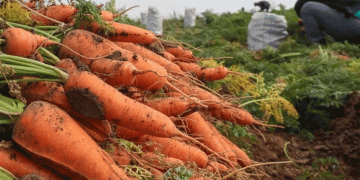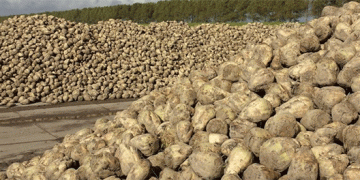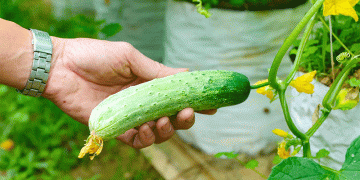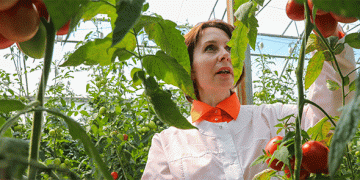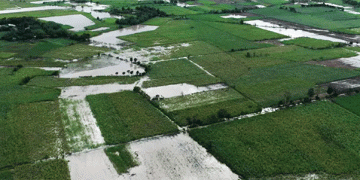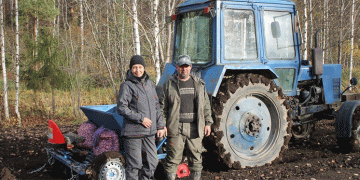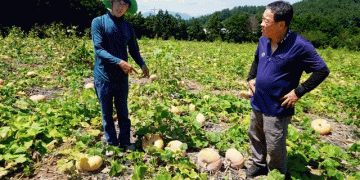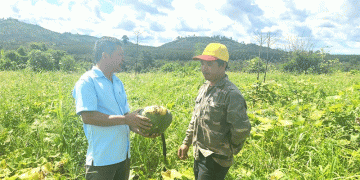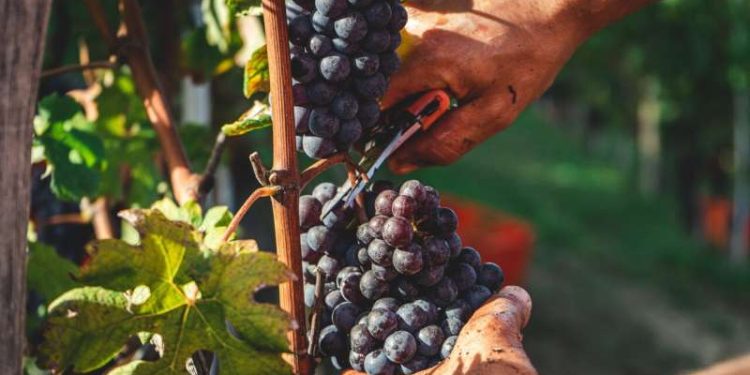In this article, we embark on a journey to explore the remarkable resilience of mountainside vineyards in the face of climate and environmental challenges. Drawing insights from the latest data provided by Phys.org, we uncover how innovative practices are empowering farmers, agronomists, agricultural engineers, farm owners, and agricultural scientists to cultivate thriving vineyards in mountainous terrains.
Data Source: Phys.org – “Mountainside Vineyards: Thriving Amid Climate and Environmental Challenges” – July 2023.
Mountainous regions present unique challenges for viticulture, including extreme temperatures, unpredictable weather patterns, and steep terrains. However, data from vineyards around the world reveal a surprising success story – these mountainside vineyards are not only surviving but thriving amid these adversities. Thanks to adaptive strategies and innovative approaches, these vineyards are not just producing high-quality grapes but also contributing to the preservation of fragile ecosystems.
The key to the success of mountainside vineyards lies in their ability to capitalize on the diverse microclimates found at various elevations. According to the data, vineyards carefully select grape varieties suited to each specific microclimate, optimizing flavor profiles and grape maturation. This tailored approach enhances the uniqueness of mountain wines and allows them to fetch a premium in the market.
In the face of climate change, mountainside vineyards are also at the forefront of sustainability efforts. Many of these vineyards adopt organic and biodynamic farming practices to minimize environmental impact and promote biodiversity. These eco-conscious methods not only benefit the surrounding ecosystems but also contribute to the long-term viability of vineyards in the region.
Another advantage of mountainside viticulture is the ability to cultivate grapes at higher altitudes, where UV radiation is stronger. This increased sun exposure contributes to enhanced grape coloration, phenolic content, and aromatic complexity, adding a distinct character to the wines produced.
The success of mountainside vineyards sends a powerful message to the agricultural community. Embracing adaptability and innovation is crucial for thriving in the face of changing climates and environmental challenges. Mountainside vineyards demonstrate that with careful planning, sustainable practices, and a deep understanding of terroir, farmers and agriculturalists can create wines that are not only a delight for the palate but also a testament to the harmonious relationship between agriculture and nature.
In conclusion, mountainside vineyards stand as beacons of resilience and ingenuity in the world of viticulture. By harnessing the diverse microclimates, adopting sustainable practices, and embracing unique terroir, these vineyards have carved a niche for themselves in the wine industry. As we navigate an ever-changing climate, the lessons from mountainside vineyards can inspire farmers, agronomists, agricultural engineers, farm owners, and agricultural scientists to cultivate a sustainable and fruitful future for agriculture.
Tags: Mountainside Vineyards, Climate Challenges, Environmental Resilience, Viticulture, Sustainable Farming, Microclimates, Terroir, Adaptability, Biodiversity, Innovative Practices, Agricultural Sustainability.















